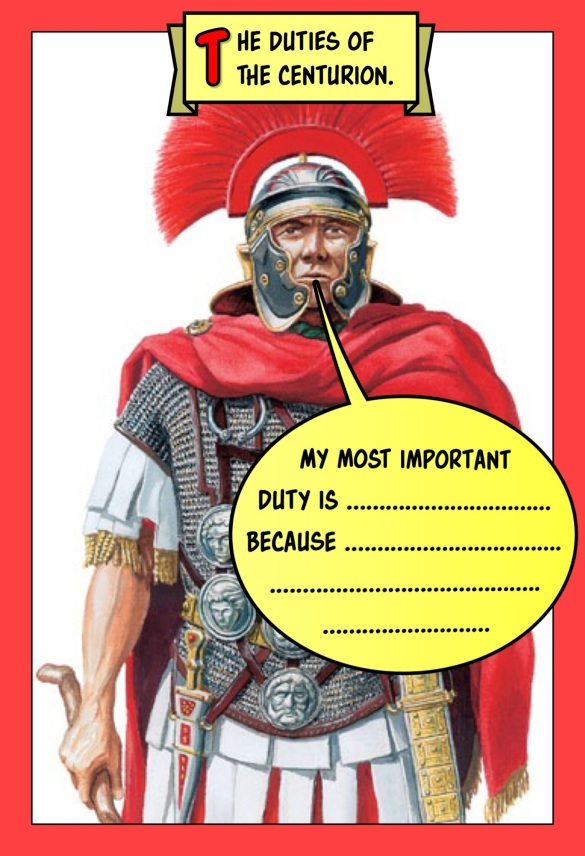These caption resources require students to make judgements upon and explain the duties of various types of soldiers in the Roman Army. Great for a plenary or homework activity.
Monthly Archives: October 2014
Collaborative Learning Pocketbook by Gael Luzet – a review
One of my Performance Management targets is to develop a collaborative learning culture with a very quiet Year 12 group. In planning how to meet this exacting objective, I have decided to implement a range of collaborative learning strategies with the group in order to vary the diet of activities (as opposed to sticking to one of two tried and tested winners) in lessons. This will, I hope, allow for students to share ideas and encourage each others learning in a positive, collaborative manner.
The Collaborative Learning Pocketbook provides a great starting point in my research for strategies and thinking in aiming to achieve this objective. Like all the other Pocketbooks I have read in this series, Collaborative Learning is an accessible, easy to read text which gives a excellent overview and starting point to develop one’s teaching practice in a specific area. The book opens with a very clear theoretical background relating to collaborative learning and covers some very complicated ideas with panache.
The bulk of the book is made up of the next two sections. Planning for collaborative learning gives a perceptive overview of how to include collaborative learning opportunities within your lesson planning as well as suggestions on now to tackle the inevitable challenges and obstacles, such as engaging the reluctant learner and grouping issues. The following section on collaborative learning strategies, go through some well-known strategies which can be implemented easily with limited preparation required. This section really helps you thinking about getting started and can offer a different take on how some very well-known ideas can be implemented.
The next section looks at five more demanding strategies which require more long time planning and development, such as the jigsaw model. Here some very.clear applications and guidance is given which highlights how the strategies can be applied within the classroom and what preparation is required in order to create a high performing collaborative learning culture within the classroom.
Finally, the book looks at how to evaluate and assess the impact collaborative learning in your classroom, essential for providing evidence to Ofsted, line managers and any other stakeholders of what goes on in your classroom and gives you ways in which to provide evidence and reflect upon the impact of collaborative learning in your classroom.
Overall, this book provides an excellent and thorough introduction to collaborative learning with some powerful strategies that will enhance your teaching toolkit and help make your students independent and effective learners.
Wolsey vs. Campeggio – what did they think about the Treaty of London captions?
This caption activity encourages my Y12 students to consider and explain the perspectives which Wolsey and Campeggio viewed the Treaty of London in 1518. This will be important when we study the annulment trial and help explain Campeggio’s actions in the long term. This also will help to signpost this in students’ notes.
Henry VIII and the Field of the Cloth of Gold lesson resources
These lesson resources focus upon the Field of the Cloth of Gold and were created for an observed lesson. The resources include content notes, painting sheet, annotation cards, question square and PowerPoint presentation with all the tasks outlined on it. Geared for an AS/A2 lesson, it focuses upon using visual sources and how to analyse their meaning.
Field of the Cloth of Gold painting evaluation





